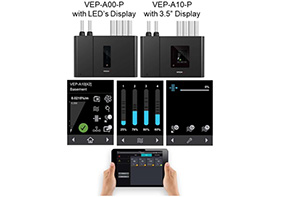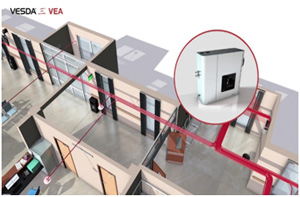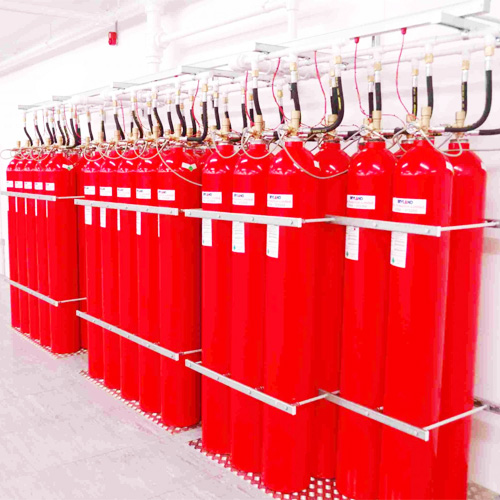Aspiration
Smoke Detection
Systems
An aspiration smoke detection system is a system used in active fire protection, consisting of a central detection unit which draws air through a network of pipes to detect smoke. The sampling chamber is based on a nephelometer that detects the presence of smoke particles suspended in air by detecting the light scattered by them in the chamber. The system can typically detect smoke before it is visible to the naked eye.
In most cases aspiration smoke detection systems require a fan unit to draw in a sample of air from the protected area through its network of pipes.
Its design corrects short comings of conventional smoke detectors by using a sampling pipe with multiple holes. The air samples are captured and filtered, removing any contaminants or dust to avoid false alarms and then processed by a centralized, highly sensitive laser detection unit. If smoke is detected, the systems alarm is triggered, and signals are then processed through centralized monitoring stations within a few seconds.
Unlike passive smoke detection systems, including spot detectors, aspiration smoke detection systems actively draw smoke to the detector through bore holes within a piping system that runs throughout the protected area.
Aspiration Smoke Detection systems incorporate more than one level of alarm. This allows the system to provide very early warning of an event, prompting investigation at the earliest smouldering stage of a fire when it is easily addressed. Other alarm levels may be configured to provide fire alarm inputs to fire systems as well as releasing suppression systems. The alarm sensitivities are configurable and can be programmed to levels ranging from thousands of times more sensitive than a conventional detector, to much less sensitive.
Security

Security

Security

Our Brand
Partners












